Chronicles of Ye Eight Bedded Room
This blog takes a departure from my usual subject matter. While tidying up the other day I came across a precious document I had written out by hand from an old typed manuscript, and in the interest of its preservation and for the interest of readers, I present it here.
When I was a boy I attended Brighton College in England, one of those private schools strangely called a ‘public school’! I was a boarder, and spent nine years there, going through the Junior School and then the College, as a member of School House.
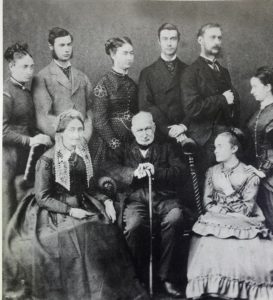
The Founders of Brighton College
Brighton College was founded in 1845 by Willam Aldwin Soames. Originally he hoped to secure the Brighton Pavilion for the school, but upon the refusal of Queen Victoria, settled for building a new school in the suburb of Kemptown. These were days before electricity, and the cabs of those times were horse-drawn. The London-Brighton line had just been built in 1841, opening up Brighton to the middle and working classes, which had previously been the plaything of the rich since ‘Prinny’ (later King George IV) had the extraordinary Royal Pavilion built there in Regency times, making the town popular as a weekend destination. Brighton College was a pioneer of secondary education in a number of ways: from the introduction of classrooms to teach small groups; teaching both modern languages and science (building a dedicated science laboratory in 1871); inventing the school magazine; and building the first school gymnasium.
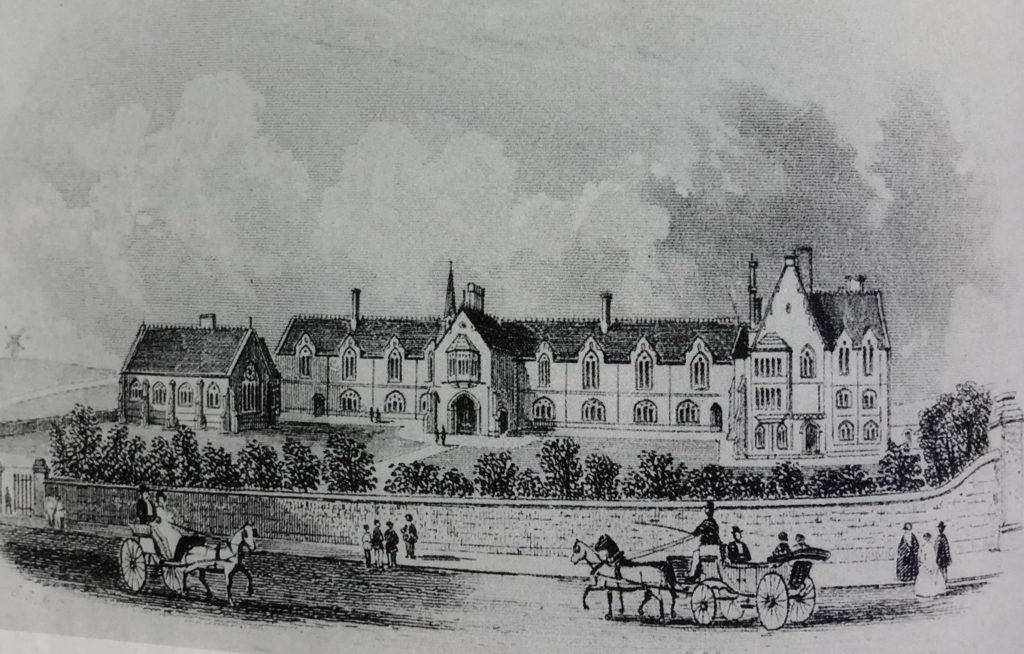
Sir Gilbert Scott’s Design for Brighton College
From the first days it was a boarding school. However, since the original school design was based on classrooms and a chapel (incidentally designed by Sir Gilbert Scott, the popular ‘gothic revivalist’ Victorian Architect who also designed, among other buildings, the Chapel of Exeter College Oxford; St. Pancras Railway Station in London; the Albert Memorial; and St. Mary’s Cathedral in Glasgow), most boarders stayed in houses close to the school.
In 1850, a small group of boys living in one of these boarding houses, and sharing an eight-bedded dormitory in the building, decided to write a series of stories about their experiences. I first learned of this fascinating set of stories when I was ten years old, and a boarder at Brighton College Junior School. At the weekends, after walks and occasion trips to the local cinema, a much-loved housemaster, Philip Burstow, a bachelor who had been with the school all his life, used to entertain those staying at school over the weekend as we gathered round the blazing fire in his study. Sometimes we played Bingo, with him pretending to summon be spirit to tell him how many spoonfuls of candy he should award for a completed line or Full House. Sometimes we would toast crumpets on long forks, and eat them with lashings of butter and salt. An avid philatelist with an amazing collection of stamps and First Day covers, he engendered in many of us a love for this relaxing hobby. Sometimes he would tell us about the history of Brighton College.
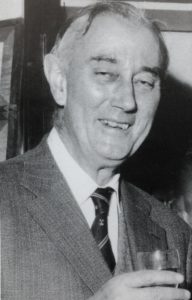
Philip Burstow
One day, he brought in a document from the local Reference Library. It was a short, typescript manuscript, which told tales of a rambunctious group of Victoria schoolboys who, in 1950, decided to put pen to paper. The original documents were, sadly, lost; but somebody had made a copy before the original were lost. I was mesmerized, and ask Mr. Burstow if I could make a copy. He entrusted me with the precious manuscript, and in my schoolboy hand I made a faithful copy of the document.
Some 52 years later I came across it as I was tidying up, and now offer it here as a fascinating glimpse into the lives of a group of English Victorian schoolboys. The topics was broad, and show that their ethical code was somewhat different to ours (for example, the enjoyment in skinning mice, which I hasten to add were dead prior to this revolting act!). They carried guns. They went swimming. They explored ‘haunted’ houses. They attended a lecture on mesmerism. They hid from their schoolmasters. Basically, they did everything a normal schoolboy of any generation would do: only the types of entertainment available to them were somewhat different in those days…
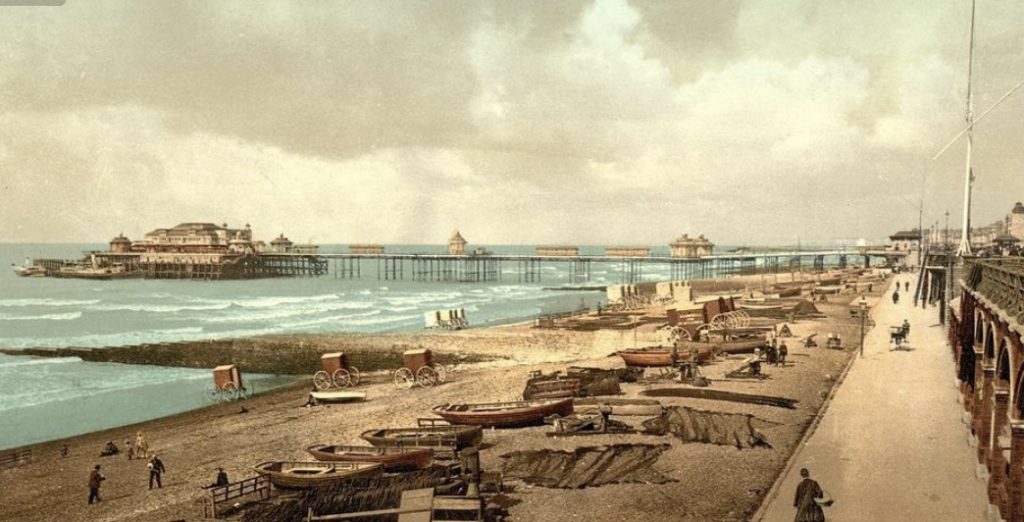
Brighton Palace Pier
Since those early days Brighton College has gone from strength to strength. From that humble and small beginning, it grew in size and stature. When I was there between 1966 and 1975 it had grown to have 4 boarding houses and 5 day houses, and during my time began to accept girls. It now takes students from kindergarten right through to 18. During my time there it had a reputation as a somewhat sleepy second league public school. No longer! Now it is one of the foremost public schools in England (named England’s Independent School 2019 of the Year by the Sunday Times). It has some of the highest exams results in the UK, and teaches an extraordinary range of subjects in an ever-increasing series of custom built classrooms. It has satellite schools in Abu Dhabi, Dubai and Bangkok. Like its founders, it continues to live at the leading edge of innovation, winning the ‘Most Forward-Thinking School in Britain’ award in 2017 and 2018. As well as being the first UK school to introduce compulsory Mandarin nearly 16 years ago, and having science laboratories and sports facilities which would be the envy of most universities, it promotes a ‘culture of kindness’, to the extent of having an openly gay Head Boy in 2013, and introducing a ‘trouser uniform’ and a ‘skirt uniform’ with all students over 16 being free to choose which they wish to adopt. All students are involved in 328 days of community service a year. I had an opportunity to visit my alma mater a couple of years ago, and was absolutely astounded by how far it had come in the 40 or so years since I was there!
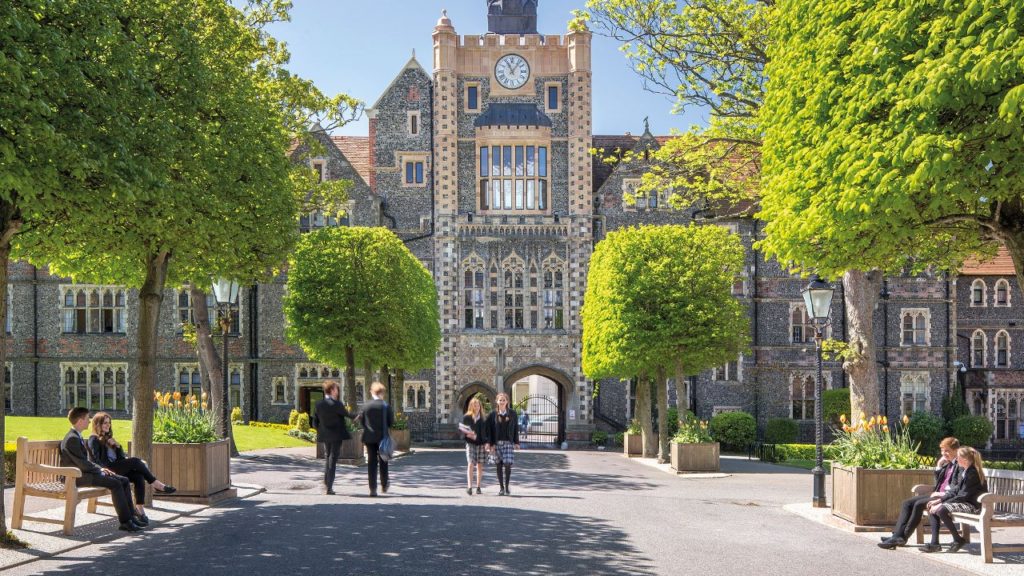
Brighton College now
For now, I offer you a few stories from some of the first students who attended the school 170 yers ago, to allow us to see both how different life was on the days – and strangely, how similar, too!
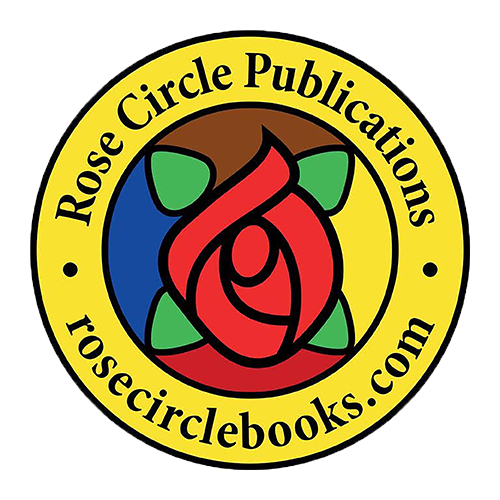
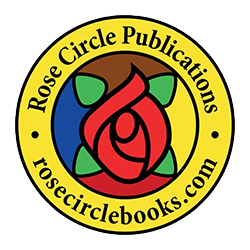

No Comments